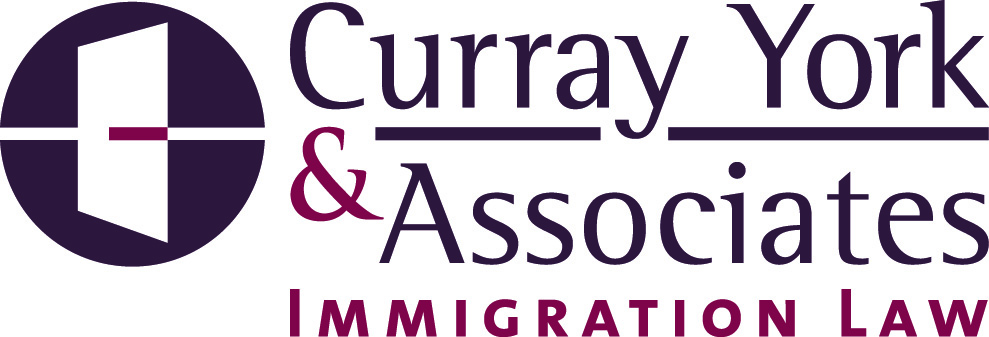About the H-2B
The H-2B visa is for seasonal, non-agriculture workers. These types of jobs include those at resorts, landscaping companies, and seafood harvesters. Only nationals of certain countries are eligible for an H-2B visa. The list of eligible countries can be found on USCIS’s website here.
The statutory annual limit is set at 66,000. Half are granted to those who start work between October and March, and the other half are granted to those who start work between April and September. Certain individuals are exempt from the cap.
Shortage of workers and cap increase
Many seasonal businesses have noted a shortage of Americans willing to do these jobs and sought permission to hire more immigrants. Just in March of this year, NPR released a story discussing how the cap had already been reached and resort towns in Maine were worried about their ability to find workers for their peak season.
In response to these concerns, earlier this year Congress voted to allow Homeland Security to offer up to 70,000 additional visas as a “one-time extension.” This week, the administration announced it would be offering an additional 15,000 visas to “help American businesses in danger of suffering irreparable harm because of a shortage of such labor.”
Process for applying for an H-2B
To apply for an H-2B visa, the employer must submit a petition and show that there (1) there are not enough U.S. workers who are able, willing, qualified, and available to do the temporary work, (2) employing an H-2B worker would not adversely affect the wages and working conditions of similarly employed U.S. workers, and (3) its need for the prospective worker’s services or labor is temporary (based on a one-time occurrence, a seasonal need, a peakload need, or an intermittent need).
